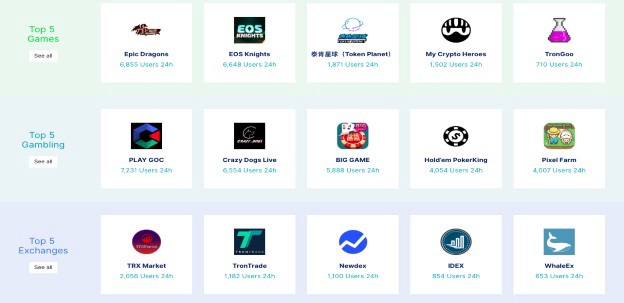I’ve earned three Master’s degrees — from MIT, Supelec, and Paris XI.
Those credentials have been invaluable. They gave me credibility with clients from day one. In fact, I pre-sold my very first software deal before the product even existed — because the client trusted I could deliver. I then built the right team, set clear milestones, and delivered exactly what they needed.
But here’s what no classroom prepared me for:
The most important business skill I’ve ever learned — hiring, promoting, and building a team that consistently delivers results.
Grad school equipped me with technical knowledge in 3D printing, nanotechnology, and engineering. It gave me the tools to solve complex problems. But leading a business requires a different toolkit entirely — one built through real-world experience, working with people, and navigating challenges you can’t simulate in an academic setting.
Why this skill matters:
- Great teams turn ideas into reality.
- Leadership determines whether a business scales or stalls.
- Credentials open the first door — business skills keep it open.
Some lessons can be taught. Others must be lived.
This one, I learned in the field.



